“5.18” is derived from an index value: 5.18 mmol/L,
that is, the total cholesterol in normal blood abnormal threshold.
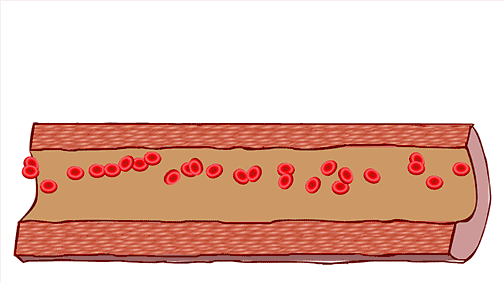
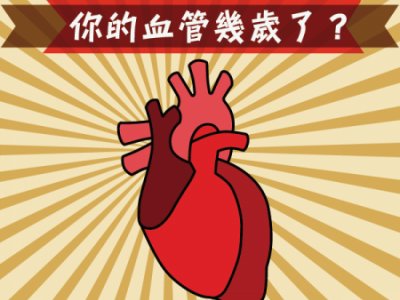
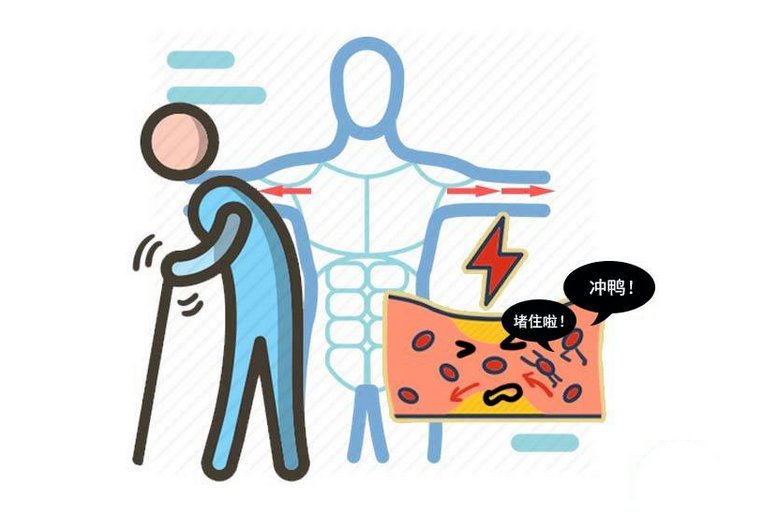
Early signs of blocked blood vessels
When standing up after sitting or lying in bed for a long time, span>Suddenly feel chest tightness and tightness, and even fainted, be alert to pulmonary embolism that may be caused by venous thrombosis in the lower extremities and blocking the pulmonary artery. Pulmonary embolism is very dangerous and can lead to sudden death in severe cases. Therefore, if you have the above symptoms, you should go to the emergency department as soon as possible.
2. Chest pain: may be coronary heart disease, myocardial infarction
Coronary artery is to give If the blood vessels supplying the heart are blocked or narrowed, the blood supply to the heart will be restricted, and severe ischemia will cause chest pain. If it is persistent chest pain, it may lead to myocardial infarction.
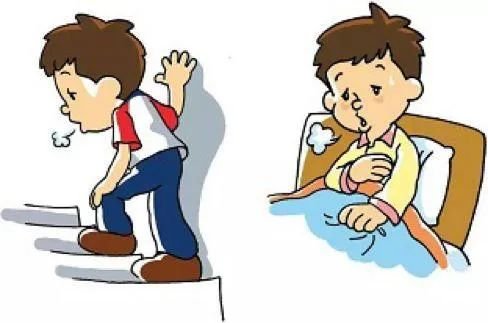
3. Weakness of one limb: beware of stroke< /span>
Sudden onset of weakness in one limb (both upper and lower limbs), indicates blockage of a cerebral or carotid artery. At the same time, it can also be accompanied by slurred speech, one side of the mouth and eyes, and blurred vision.. These symptoms, whether or not they resolve on their own, require immediate medical attention.
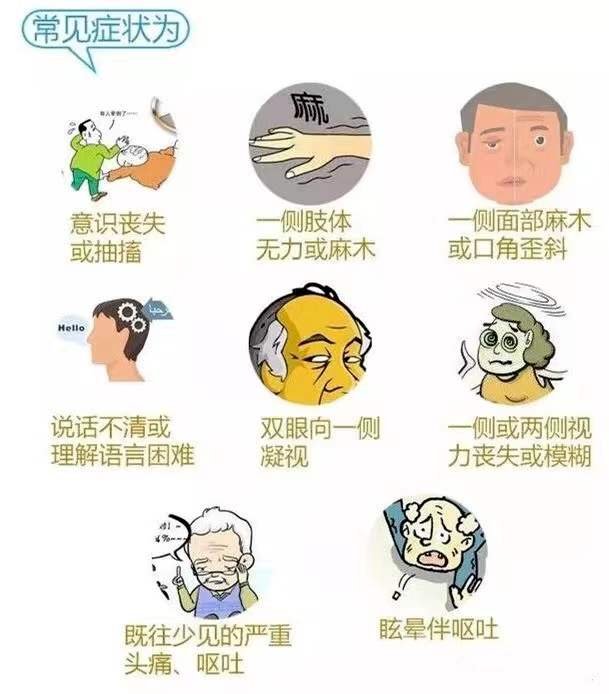
4. Edema, urine output changes : Beware of renal artery blockage
The renal artery is responsible for the blood supply of the kidneys. If plaque is produced in the renal artery, it may reduce the blood supply of the renal artery, even affect the renal function, resulting in fatigue, decreased appetite, Changes in urine output, limb edema and other symptoms. Renal artery stenosis can lead to high blood pressure, and this increase in blood pressure is not well controlled by drugs. With the aggravation of renal ischemia, its “detoxification” function will be impaired, and even develop into “renal failure”, which requires dialysis treatment.
5. Leg pain when walking: It may indicate that the lower extremity arteries are blocked.
Diabetes patients are more likely to develop lower extremity lesions, which must be paid special attention.
6. Weak pulse and low blood pressure: Pay attention to the blockage of the upper extremity arteries.
If the upper extremity arteries are blocked, one or both arterial pulses will be weakened, and the blood pressure of the arms will decrease. Blood, causing cerebral ischemia, resulting in symptoms of dizziness and unsteady standing.
7. Asymmetric edema of lower extremities: Be alert to deep vein thrombosis of lower extremities.
It is easy to occur in patients with long-term bedridden, sedentary, dehydration, tumors, etc., manifesting as swelling and pain in the lower limbs. At the same time, there will also be symptoms such as cold skin and prone to ulcers. Once the thrombus in the veins of the lower extremities breaks off, it will block the pulmonary arteries.
If you have the above symptoms, please pay attention and go to the hospital for corresponding examinations, the sooner you can find them The sooner you heal.
These 4 lifestyles hurt the blood vessels the most
Although it is said With the increase of age, the function of blood vessels gradually weakens, but poor living habits will accelerate the aging speed of blood vessels. If you want to keep it in good shape, don’t do these things that hurt it.
1. The “four highs” diet blocks blood vessels
High sugar, high oil, High fat and high saltThese “four high” diets can be said to be the number one “natural enemy” of blood vessels. They increase the risk of high blood sugar, high blood lipids, and high blood pressure, and also easily lead to cholesterol, blood lipids, etc. Attached to the blood vessel wall, resulting in arteriosclerosis and obstruction of blood vessels.

2, smoking and drinking, blood vessels Hardening
Smoking and heavy alcohol consumption are among the risk factors for catalyzing plaque formation. Both smoking and alcohol use damage blood vessels, making the blood thicker than normal. Staying away from alcohol and tobacco is the key to maintaining vascular health, including secondhand smoke.

3. Less exercise, vascular waste More
exercise can promote blood circulation, help the body discharge waste, and increase the elasticity of blood vessels. And long-term sedentary will naturally affect the fluid circulation, resulting in the accumulation of garbage in the blood vessels, easy to form atherosclerotic plaque.
4. Staying up late still loves to be angry, and the blood vessels are not spirited
Long-term staying up late will increase the heart rate The pressure of blood vessels can easily lead to increased heart rate, increased blood pressure, and transient cardiac ischemia may occur, and at the same time, the risk of coronary atherosclerosis and plate instability is greatly increased. If sleep is not guaranteed, coupled with emotional anxiety, blood pressure fluctuates greatly, and may even induce stroke or sudden death.
From the age of 30, scientific protection of cardiovascular system
1. Low-salt, low-fat, and low-sugar
Develop the habit of low-salt, low-fat, and low-sugar. The edible salt for three meals a day should be controlled below 6 grams. It is recommended to buy a salt control spoon, which can better help everyone reduce the intake of salt and reduce the risk of high blood pressure.

2. There should be enough fruits and vegetables
Eat enough fruits and vegetables every day to have a balanced diet, supplement enough nutrients, and help blood vessels maintain a healthy state. Try to have vegetables (especially fiber-rich ones) every day, and a fruit every day.
3. Quit smoking and limit alcohol
Quit smoking, quit smoking, quit smoking, important things say 3 times, tobacco is harmful to our body without any benefit, stay away as soon as possible.
In addition, wine is not good for the body, and drinking red wine in small amounts does notCan soften blood vessels, the World Health Organization has clearly opposed relying on alcohol to protect blood vessels and heart.
So the best way to protect the cardiovascular system is not to drink alcohol or smoke a cigarette.
4. Life lies in exercise
Exercise can improve blood circulation, reduce blood lipids, Blood pressure and body weight have obvious effects, and it can also relieve stress and make you happy.

It is recommended to vary according to your age, gender, physical strength, etc. Circumstances determine exercise time and intensity. Generally, more aerobic exercise such as jogging, brisk walking, swimming, cycling, etc. can be carried out for 30 minutes each time, at least 5 times a week, and the heart rate plus age after exercise should not be greater than 170.
5. Regular physical examination
Suggestions:
< p>Men over the age of 40 and postmenopausal women should be tested for blood lipids every year.
In adults over 20 years of age, fasting blood lipids should be measured at least once every 5 years.
Ischemic cardiovascular disease and other high-risk groups should measure blood lipids every 6 months.

To know if your blood vessels are healthy, please first Take a look at the physical examination report:
If the total cholesterol exceeds the standard and the LDL-C (low density lipid cholesterol) shows “↑” again, it means that your blood vessel health has turned on a “red light” “, need to prevent “moving porridge”
Source: Zhejiang University First Hospital Health Management Center Longyao Hospital Yiyitong
< /section>